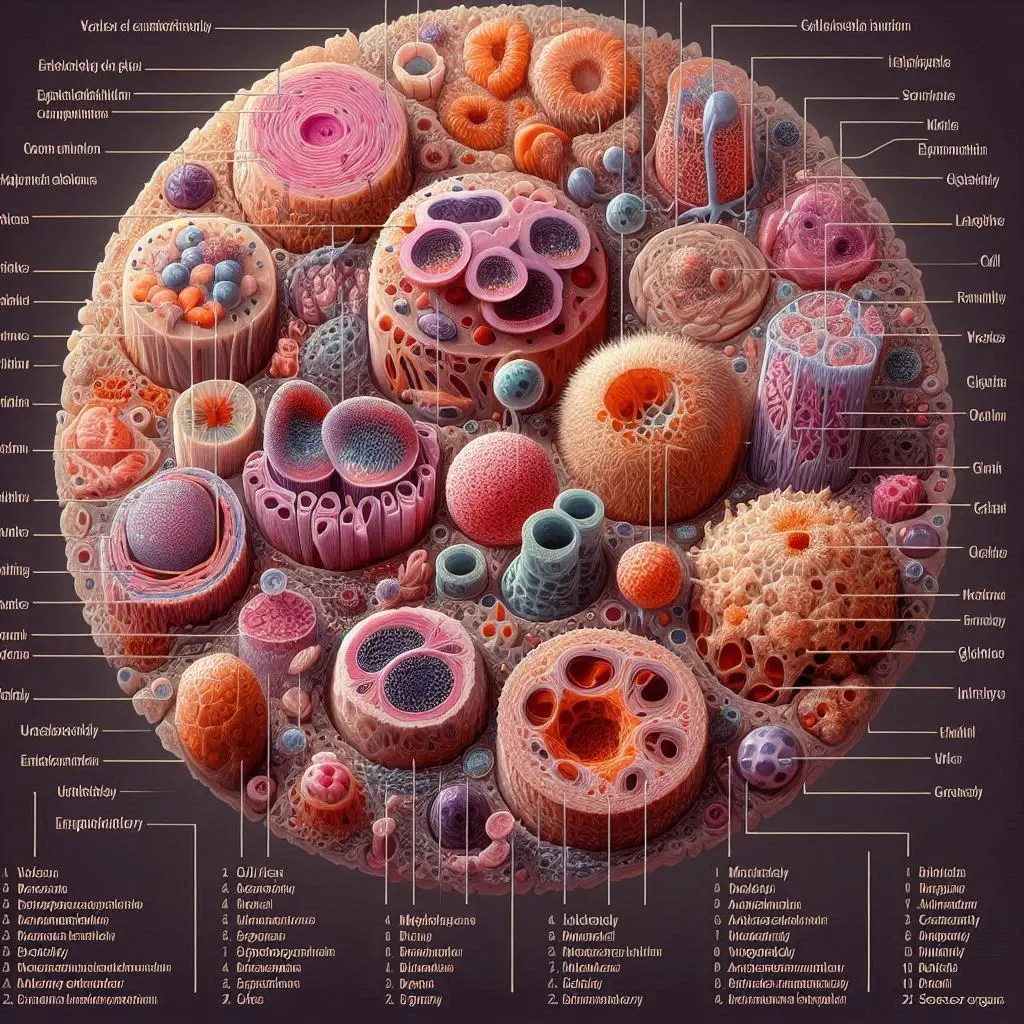Role of Adult Stem Cells in Tissue Repair

What Are Adult Stem Cells?
Adult Stem Cells are undifferentiated cells found throughout the body after development. They exist in various tissues, including bone marrow, skin, liver, and brain. Unlike embryonic stem cells, which are pluripotent and can differentiate into any cell type, adult stem cells are generally multipotent. This means they can only differentiate into cell types specific to the tissue or organ where they reside.
Characteristics of Adult Stem Cells
- Self-Renewal: Adult stem cells can divide and produce more stem cells indefinitely.
- Differentiation: They can transform into specialized cell types needed for tissue repair.
- Location: These cells are found in many tissues, including:
- Bone marrow
- Skin
- Liver
- Brain
- Adipose (fat) tissue
For more information on adult stem cells, you can refer to Stem Cell Basics.
Types of Adult Stem Cells
Adult stem cells can be classified based on their origin and potential for differentiation. Here are some key types:
Hematopoietic Stem Cells (HSCs)
HSCs are primarily located in bone marrow. They give rise to all blood cell types, including red blood cells, white blood cells, and platelets. HSCs play a vital role in blood formation and immune response.
Mesenchymal Stem Cells (MSCs)
MSCs are found in various tissues like bone marrow and adipose tissue. They can differentiate into:
- Osteoblasts (bone cells)
- Chondrocytes (cartilage cells)
- Adipocytes (fat cells)
These properties make MSCs essential for tissue engineering and regenerative therapies.
Neural Stem Cells (NSCs)
Located in specific regions of the brain, NSCs generate major cell types such as neurons and glial cells. They are crucial for brain repair mechanisms.
Epithelial Stem Cells
These stem cells reside in the lining of organs like the digestive tract and skin. They continuously regenerate epithelial tissues throughout a person’s life.
Skeletal Muscle Stem Cells (Satellite Cells)
Satellite cells are responsible for muscle repair and regeneration following injury. They become activated during muscle damage to aid recovery.
For additional insights on different types of adult stem cells, check out Adult Stem Cells: Explained.
Functions of Adult Stem Cells
Adult stem cells serve several critical functions within the body:
- Tissue Maintenance: They replace lost or damaged cells due to normal wear and tear or injury.
- Regenerative Repair: Adult stem cells migrate to injury sites to facilitate healing.
- Homeostasis: These cells help maintain the balance of cell types within tissues.
Their ability to self-renew and differentiate makes them vital for sustaining healthy tissue function.
The Role of Adult Stem Cells in Regenerative Medicine
Regenerative medicine focuses on repairing or replacing damaged tissues and organs. Adult stem cells hold significant promise in this field due to their unique properties.
Potential Therapeutic Applications
- Blood Disorders: HSCs have been used effectively in bone marrow transplants for treating conditions like leukemia.
- Cardiac Repair: Research is ongoing to utilize MSCs for repairing damaged heart tissue after a heart attack.
- Neurological Diseases: NSCs may offer potential therapies for neurodegenerative diseases by regenerating lost neurons.
- Wound Healing: Epithelial stem cells can enhance skin regeneration following injuries or surgeries.
For a comprehensive overview of therapeutic applications involving adult stem cells, visit Stemcyte India.
Challenges in Adult Stem Cell Research
Despite their potential, several challenges exist in adult stem cell research:
- Isolation Difficulties: Obtaining adult stem cells from tissues can be complex due to their rarity.
- Aging Impact: The functionality of adult stem cells may decline with age, affecting their regenerative capabilities.
- Ethical Considerations: While adult stem cell research is less controversial than embryonic research, ethical concerns still arise regarding sourcing from certain tissues.
Researchers continue to explore methods to overcome these challenges and enhance the effectiveness of adult stem cell therapies.
Future Directions in Adult Stem Cell Research
The future of adult stem cell research looks promising as scientists work toward innovative solutions:
- Induced Pluripotent Stem Cells (iPSCs): Researchers are investigating ways to reprogram adult somatic cells into iPSCs that have pluripotent capabilities.
- Biomaterials: Combining adult stem cells with biomaterials may improve tissue engineering outcomes.
- Gene Therapy: Integrating gene therapy with adult stem cell treatments could enhance regenerative effects.
For more details on emerging trends in stem cell research, refer to Medical News Today.
Conclusion
Adult stem cells play an essential role in maintaining and repairing tissues throughout the body. Their unique properties make them invaluable for regenerative medicine applications. As research continues to evolve, we can expect exciting advancements that harness the power of these remarkable cells to treat various diseases and injuries effectively.
For more pearls of Vets Wisdom:
Broiler Feed Formulation






Responses